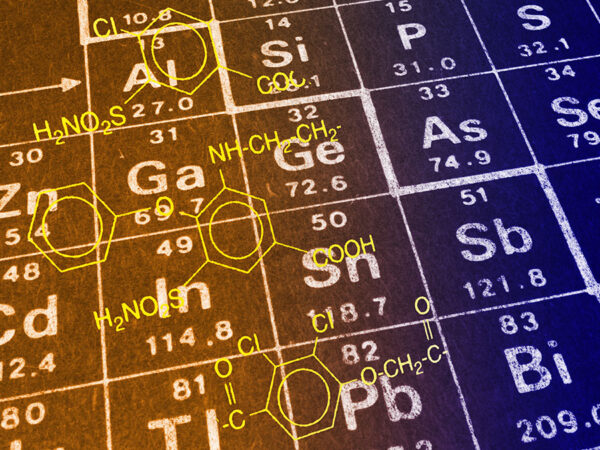Aluminium is a silvery-white, soft, non-magnetic metal with an atomic number 13. Aluminium is the third most abundant element in the earth’s crust. It covers almost 8 per cent of the earth’s crust. The chemical symbol for aluminium is denoted by Al. Aluminium is widely used in our day to day activities. Aluminium has a lower density than any other vital metal except magnesium. The metal does not have any specific odour and taste. It is non-toxic and sustains high thermal conductivity.
In this article, we will focus on a few prominent compounds of aluminium that are widely used. Aluminium is extensively used in making household appliances and in electrical transmission.
Aluminium Silicate
The compounds formed by the combination of oxides of aluminium and silicon are called aluminium silicates. The three dimensional crystalline solid structure of aluminium silicates are commonly referred to as zeolites. Naturally occurring zeolites are found in volcanic and sedimentary rock, which can be synthesized in the laboratory. The vital uses of aluminium silicates are listed below
- Used in ion exchange purification techniques
- Used as catalyst in petrochemical industries for extraction of petroleum products
- Used as absorbent in various laboratory methods such as separation of compounds, drying and purification processes.
Aluminium Oxide
Aluminium oxide as the name suggests is composed of aluminium and oxygen. The general formula of aluminium oxide is Al2O3. The other alternative names of this substance are alundum, alumina, and aloxide. It reacts with both acids and bases and hence is called amphoteric oxide. The state of the compound is generally solid and appears white in color. Listed below are few uses of aloxide
- Used in integrated circuits as electrical insulator
- Used in purification methods
- Used in sandpaper as abrasive
Aluminium Sulfate
The white coloured crystalline solid formed by the combination of aluminium and sulfate ions is aluminium sulfate. The general formula of this compound is (Al2(SO4)3). Filter Alum or Dialuminum tri-sulfate are the alternative names for aluminium sulfate. It can be prepared in laboratories by combining sulphuric acid to the freshly precipitated aluminium hydroxide. Listed below are few uses of aluminium sulfate
- It is used as the vital ingredient in the preparation of baking soda
- Sewage treatment mainly uses aluminium sulfate for the purification process
- It is used for colourful prints on cloth and also for dying of cloth
- Used in gardening purposes for maintaining balanced pH in the soil
Aluminium chloride
The yellow coloured crystalline solid formed by the combination of aluminium and chloride ions is aluminium chloride. Aluminium trichloride or aluminium (III) chloride are the other common names of this compound. It has a low melting point and boiling point in comparison with other compounds of aluminium. Listed below are the few applications of aluminium trichloride
- Used as a catalyst in various chemical reactions such as Friedel-Crafts acylations and alkylations reactions.
- The polymerisation and isomerization reactions of light molecular weight hydrocarbons are carried out in the presence of aluminium chloride
- It is used as a lewis acid in various reactions in extracting the chloride ions from the substance
- Used in the manufacture of organic compounds and materials such as paints, dyes and preservatives.
Aluminium forms many other compounds such as aluminium bromide, aluminium bicarbonate, aluminium nitrate, aluminium nitrite, aluminium sulfide with huge applications based on the composition, structure and texture of the substance. The major use of aluminium is in the construction of aircraft due to its high corrosion resistance it ensures the safety of the aircraft. Aluminium, being flexible and light-weighted metal, finds its place in most applications. Similarly, every metal has its properties and uses.




